Spotify was my main music streaming service for years, so I didn’t think I’d ever make the switch when I tried YouTube Music. But before long, I realized I wasn’t using Spotify anymore—and I didn’t even miss it. Now, YouTube Music is the only app I use.
4
I Like Listening to Unofficial Covers and Rare Music
The biggest reason why I think YouTube Music is the best music streaming platform is because of its vast library of unofficial content. While other popular services like Spotify focus primarily on official releases and studio albums, YouTube Music taps into its huge ecosystem of user-generated content.
I’ve discovered incredible cover versions that don’t exist on other platforms. From acoustic reimaginings to complete genre transformations, I find that YouTube Music delivers an endless supply of fresh interpretations I like listening to. This is the primary reason I kept going back to YouTube despite having Spotify Premium in the past.
Unlike Spotify, which now swaps out unofficial versions for official ones, YouTube Music lets me keep the exact version I want. This makes this platform the perfect blend between SoundCloud’s endless user-uploaded tracks and Spotify’s more polished official releases. With YouTube Music, I get the freedom to explore rare covers and live sessions while also enjoying mainstream music all on the same app/web player.
So, whether I’m looking for the perfect slowed-down version of a Post Malone track or a rare live Bon Jovi performance, YouTube Music is the most convenient platform I’ve used to source music. For anyone who craves more than just the hits, this variety alone makes it worth the switch.
3
It Comes Free With My YouTube Premium Subscription
YouTube Premium stands out for the sheer value it delivers, especially if you use YouTube for more than just music. For $13.99 a month, I get ad-free access across all of YouTube, including YouTube Music, regular videos, and even YouTube Kids. This means I can watch or listen to anything I want without interruptions. The subscription also lets me download videos and music for offline use, which is a huge bonus when traveling or dealing with spotty internet.
Bundling everything into one plan makes YouTube Premium worth the monthly subscription. Instead of juggling separate subscriptions for music and video, I get everything I need in a single package—for just $2 more than Spotify Premium. For anyone who watches a lot of YouTube in addition to listening to music, this subscription makes far more sense and saves real money compared to paying for both Spotify and a separate ad-free YouTube plan.
2
Seamless Integration With Video Content
YouTube Music brilliantly bridges the gap between audio and visual music experiences. While Spotify recently added music videos to its platform in March 2024, it’s limited to a few artists and countries. In contrast, YouTube Music can always source its videos directly from YouTube.
This makes the app better at transitioning between listening and watching videos effortlessly. When playing a song, I can simply tap the video button and play the music video. This feature lets me further appreciate a piece of music by experiencing both the artist’s music and visual creativity.
One of my favorite examples is the seamless video integration when listening to live performances. With a single tap, I can go from just hearing the music to watching the artist perform live, capturing every bit of raw energy and emotion in real time. For bands and artists whose music videos are packed with visual storytelling, this capability also turns each song into a more complete experience. For musical artists who put significant effort into visual presentation, YouTube Music provides the complete experience their art deserves.
Music isn’t just about listening; it’s about sharing experiences with others who appreciate the same sounds. YouTube Music brings this community aspect directly into the listening experience through its comment section.
I can access comments from the associated YouTube video without leaving the music app when playing songs. The comments often contain fascinating trivia, personal stories, or cultural context that enriches my appreciation of music.
This social component creates a richer, more connected music experience than Spotify’s relatively isolated listening environment. While Spotify does feature comments for podcasts, they haven’t extended this feature to music content, leaving a significant gap in community engagement.
The comment section also helps me discover new music. Fellow listeners frequently recommend similar tracks or works by the artist, expanding my musical horizons through genuine fan recommendations rather than just algorithmic suggestions.
YouTube Music delivers a more comprehensive music experience that goes beyond simple streaming. Its vast library of unofficial content, seamless video integration, community features, and value as part of YouTube Premium make it my preferred choice over Spotify. While both services continue evolving, YouTube Music’s strengths keep me happily subscribed.

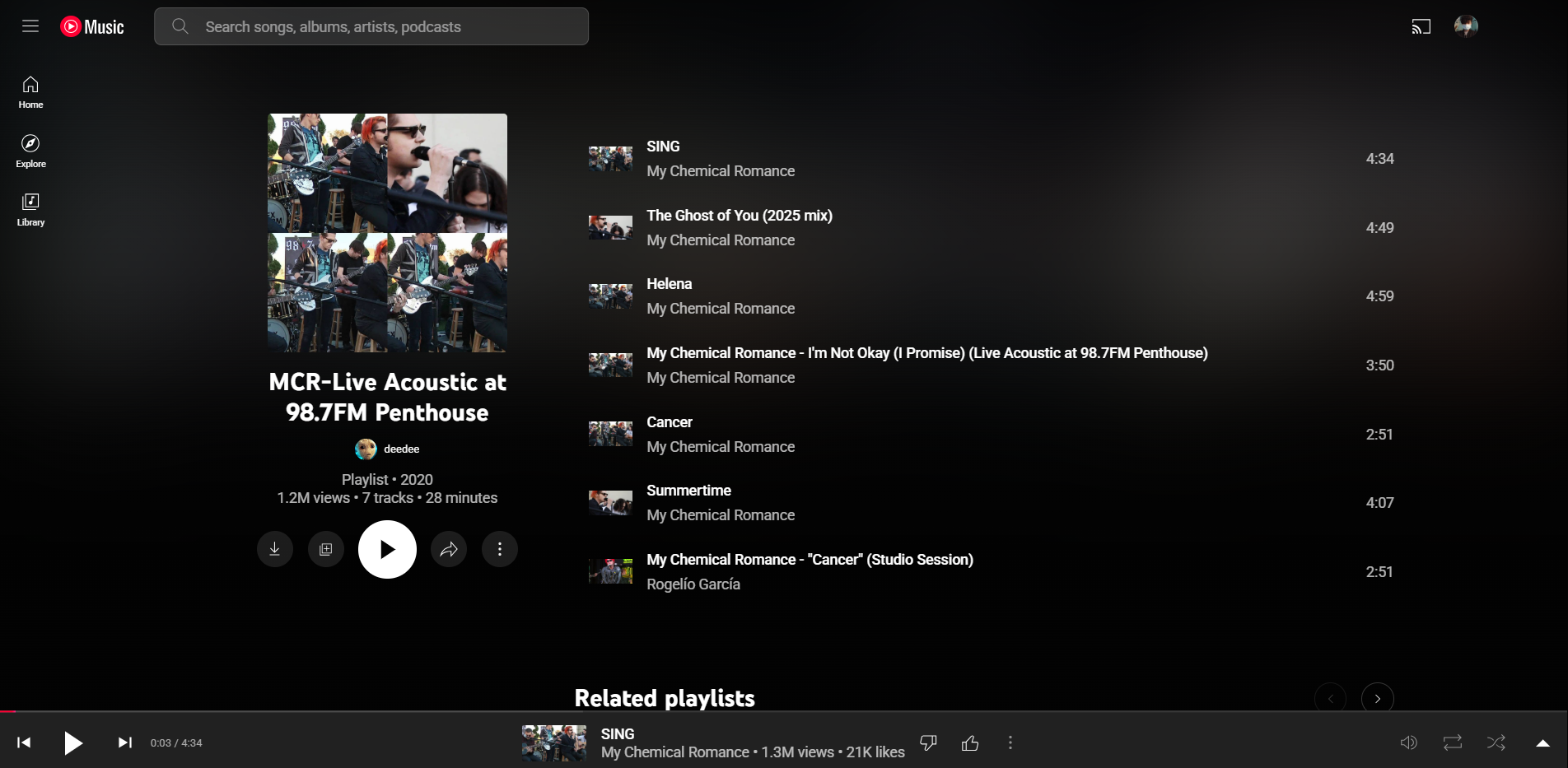
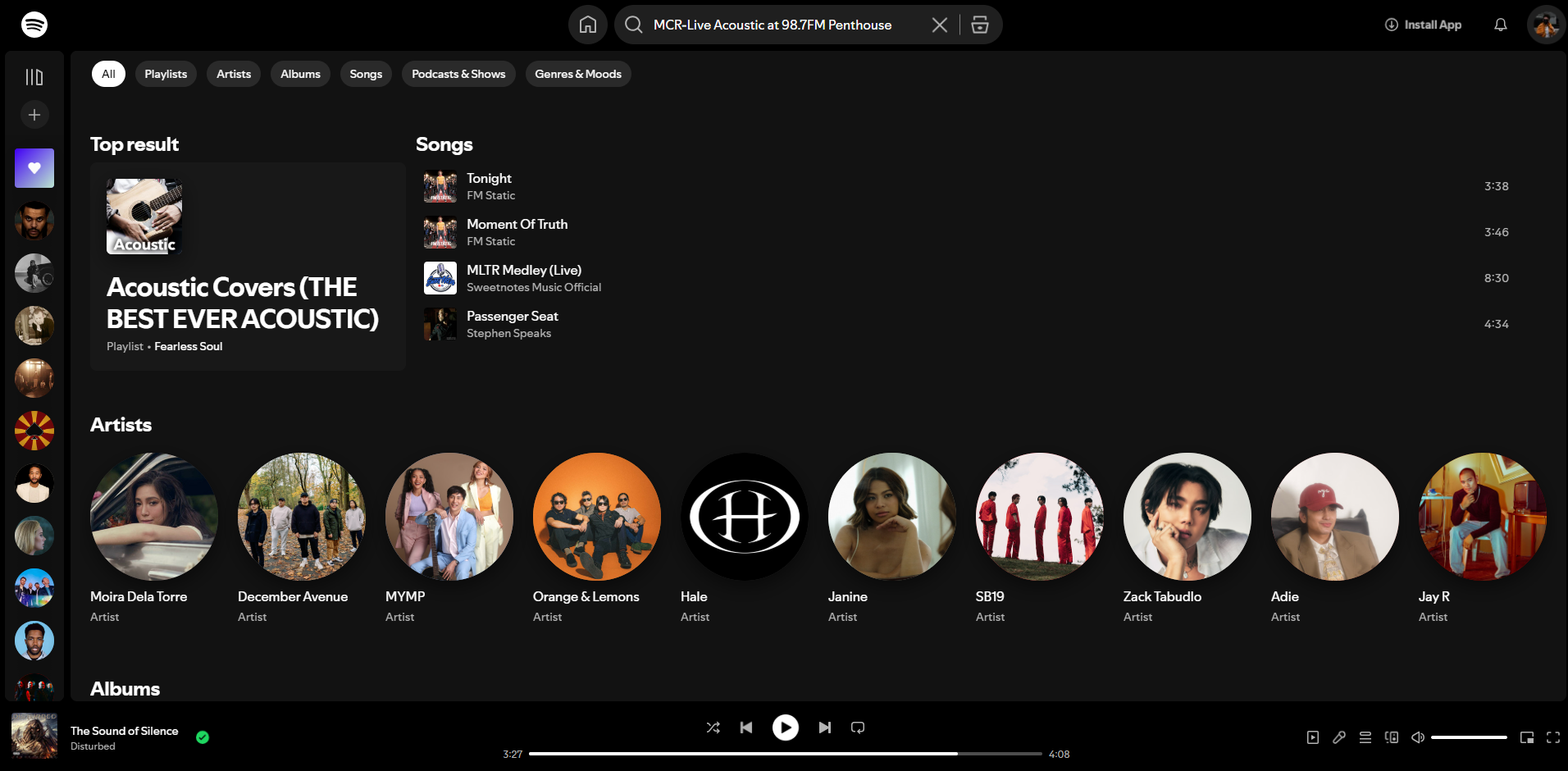
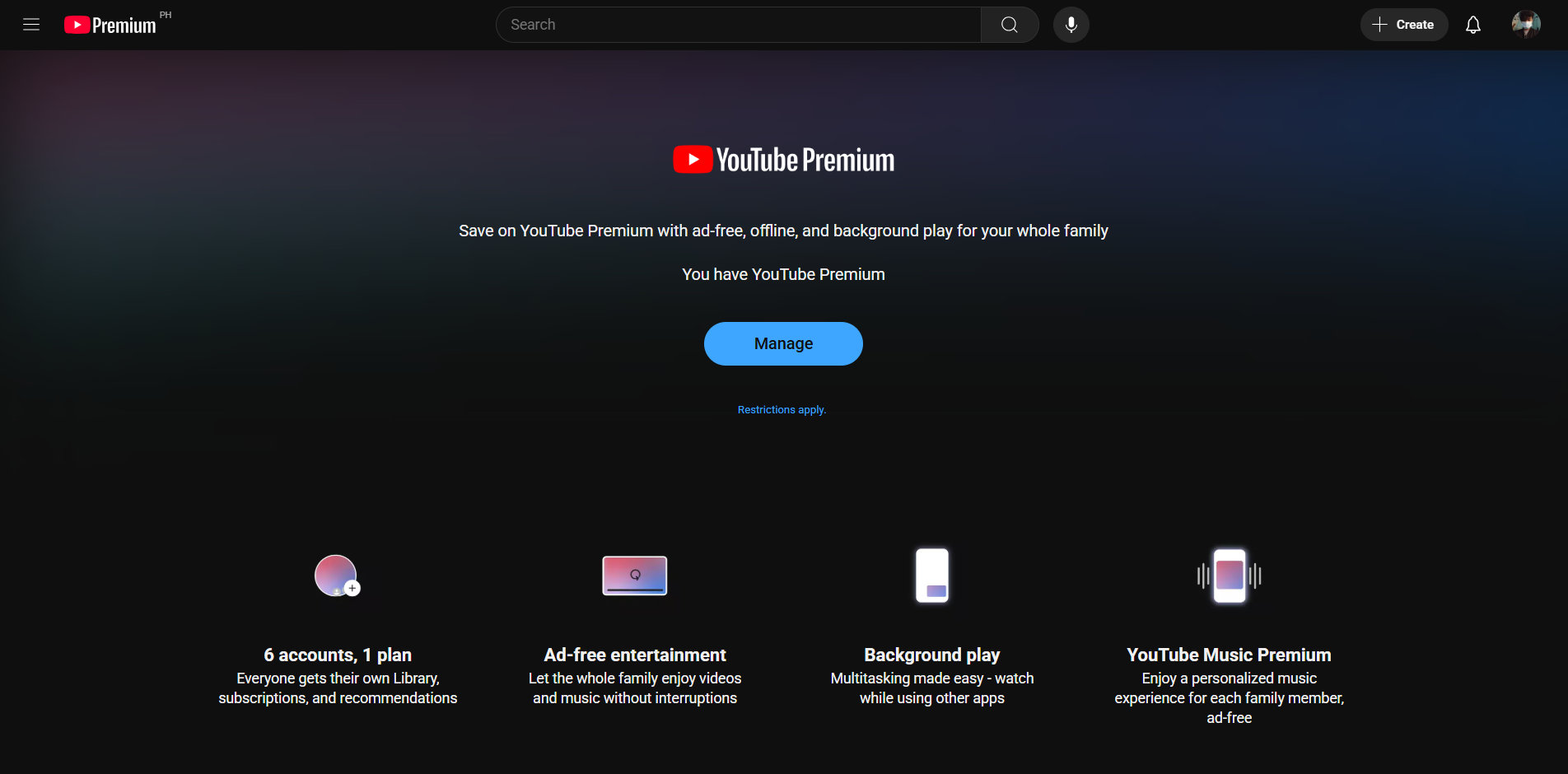
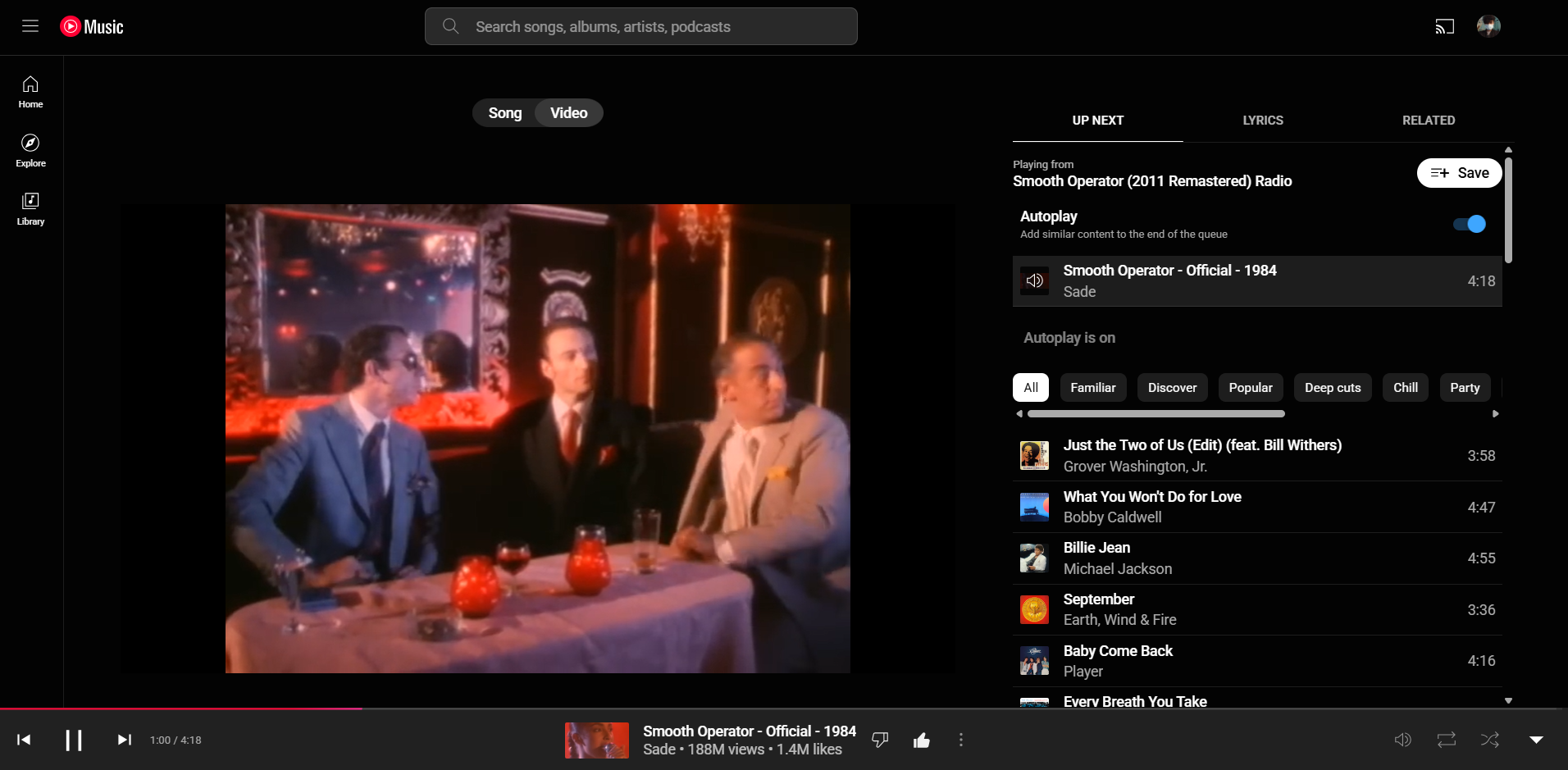
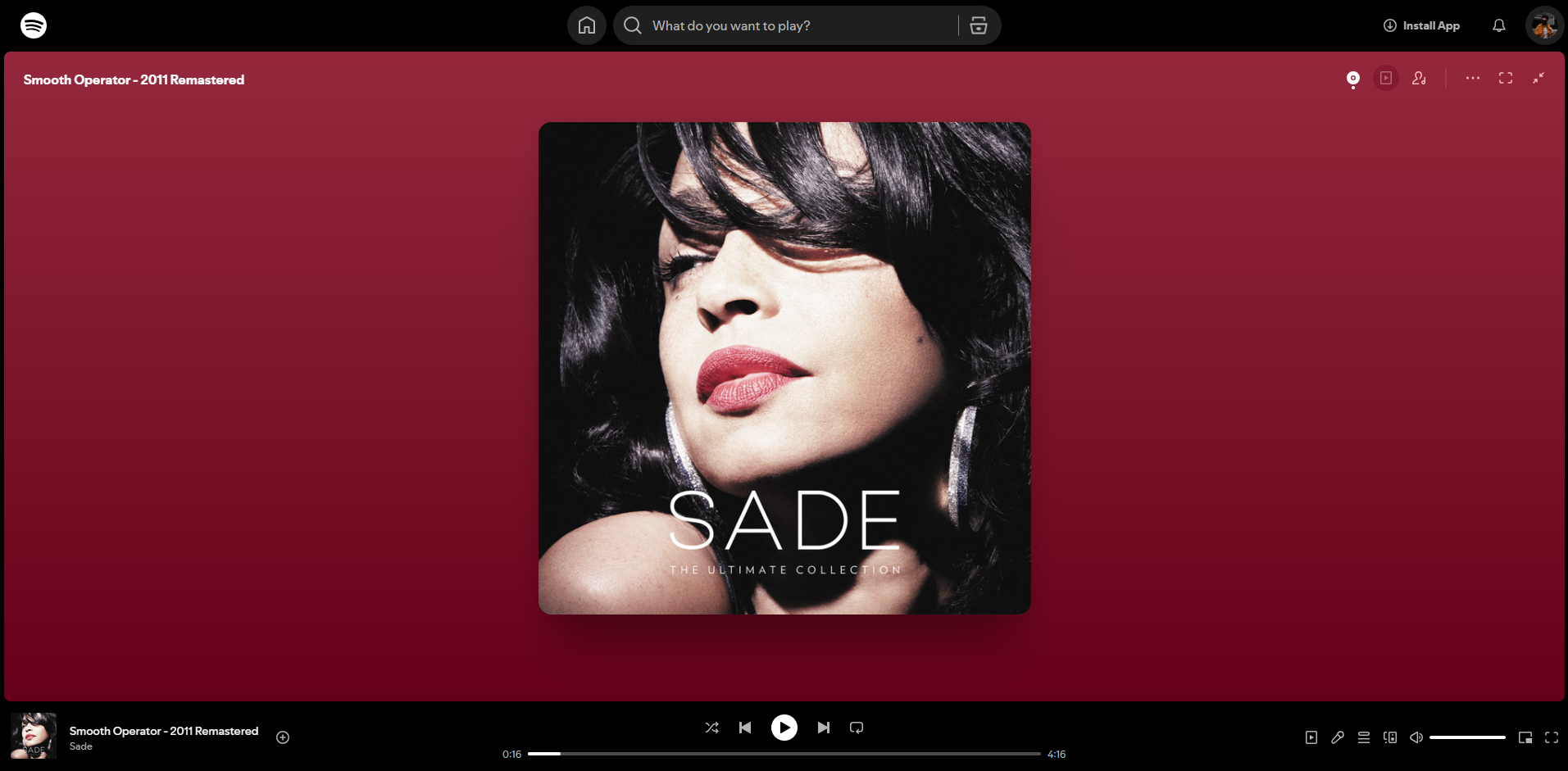





Leave a Comment
Your email address will not be published. Required fields are marked *